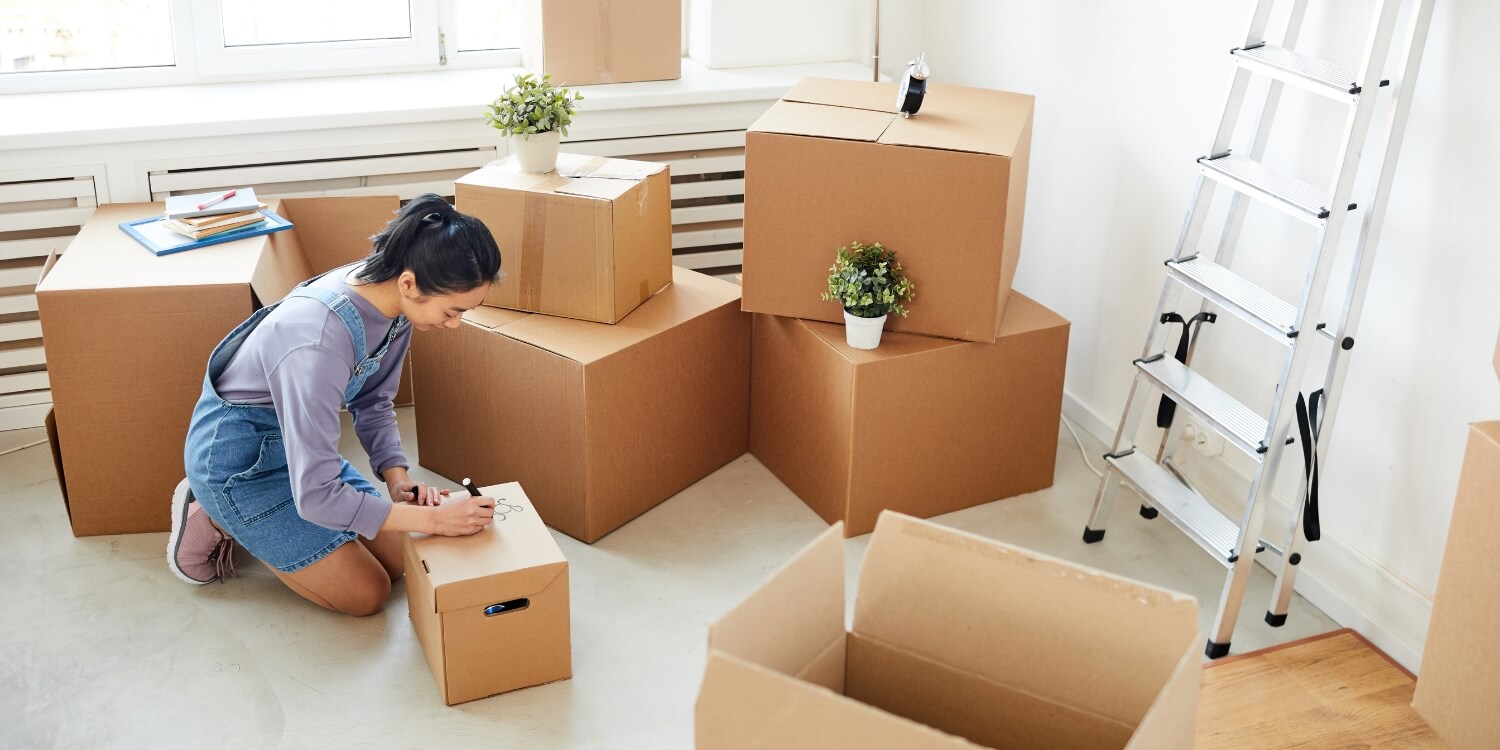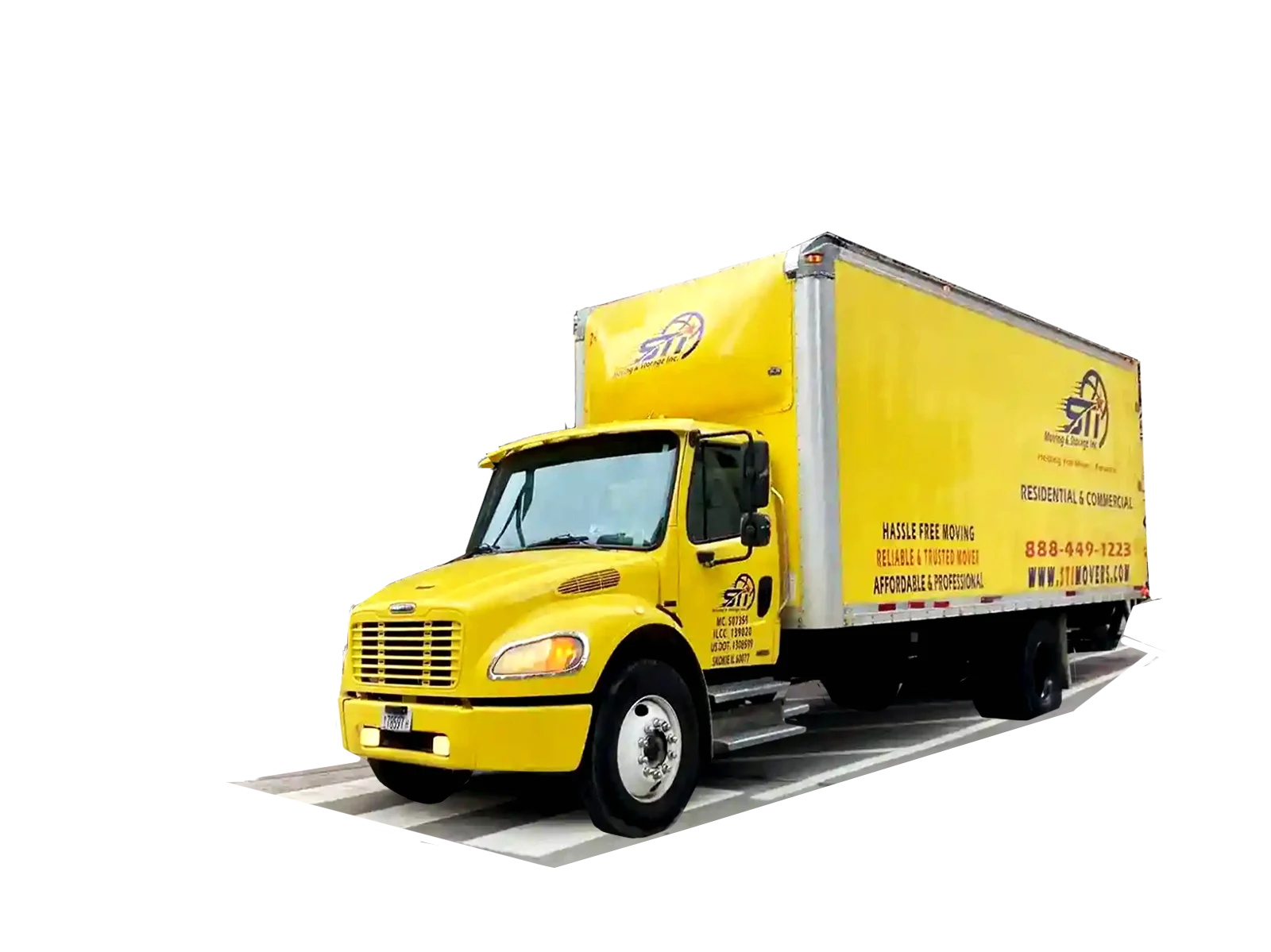Packing for a long-distance move can feel overwhelming, but with the right strategy, you can tackle it step by step. This guide will help you pack efficiently while keeping your belongings safe and your stress levels low.
1. Plan and Organize Early
Create a Moving Checklist
Start by listing everything you need to do. Include tasks such as gathering supplies, sorting items, and scheduling the moving day.
Set a Timeline
Break down the packing process into smaller tasks. For example:
- 4 weeks before: Start with rarely used items like seasonal decorations.
- 2 weeks before: Focus on everyday essentials.
- Moving week: Pack your last-minute items.
2. Declutter Before You Pack
Sort Your Belongings
Go through each room and decide what to keep, donate or discard. The less you pack, the easier your move will be. Ask yourself:
- Have I used this in the past year?
- Does this item hold sentimental value or practical use?
Donate or Sell
Donate usable items to charity or hold a garage sale to lighten your load and even earn a little extra money.
3. Gather the Right Packing Supplies
To ensure your items are protected, invest in quality supplies:
- Boxes: Sturdy and of various sizes.
- Packing tape: Strong and durable.
- Bubble wrap & packing paper: For fragile items.
- Markers & labels: For organization.
- Furniture blankets & stretch wrap: To protect large items.
4. Pack Room by Room
Label Everything
Write the room name and a brief description of contents on each box. For example:
Kitchen: Plates and Glasses.
Start with Non-Essentials
Begin with items you won’t need immediately, such as books, photo albums, and off-season clothes.
5. Use Proper Packing Techniques
Protect Fragile Items
- Wrap glassware and dishes in bubble wrap or packing paper.
- Use dividers for plates and avoid over packing boxes.
Secure Heavy Items
- Use smaller boxes for heavy items like books to avoid overloading.
- Reinforce the bottom of each box with extra tape.
Disassemble Furniture
Take apart large furniture like tables and beds. Store screws and bolts in labeled plastic bags taped to the item they belong to.
6. Pack an Essentials Box
Keep a separate box with items you’ll need immediately upon arrival, such as:
- Toiletries
- A change of clothes
- Important documents
- Phone chargers
7. Take Special Care of Valuables
For expensive or sentimental items like jewelry, heirlooms and important paperwork:
- Pack them separately.
- Keep them with you during the move if possible.
8. Communicate with Your Movers
If you’ve hired professional movers:
- Share your packing timeline with them.
- Discuss handling fragile or bulky items to ensure they are packed and transported safely.
9. Double-Check Before Moving Day
Conduct a Final Walkthrough
Inspect each room to ensure nothing is left behind. Open all drawers, cabinets, and closets.
10. Stay Positive and Flexible
Moving brings big changes and challenges, but maintaining a positive attitude makes a world of difference. Don’t be afraid to lean on friends, family, or professional movers when you need support – they’re there to help!
With proper planning, thoughtful decluttering, and careful packing, you’ll set yourself up for a smooth long-distance move. Once your belongings arrive safely at your destination, you can focus on the exciting part: turning your new house into a home and starting your next chapter.




